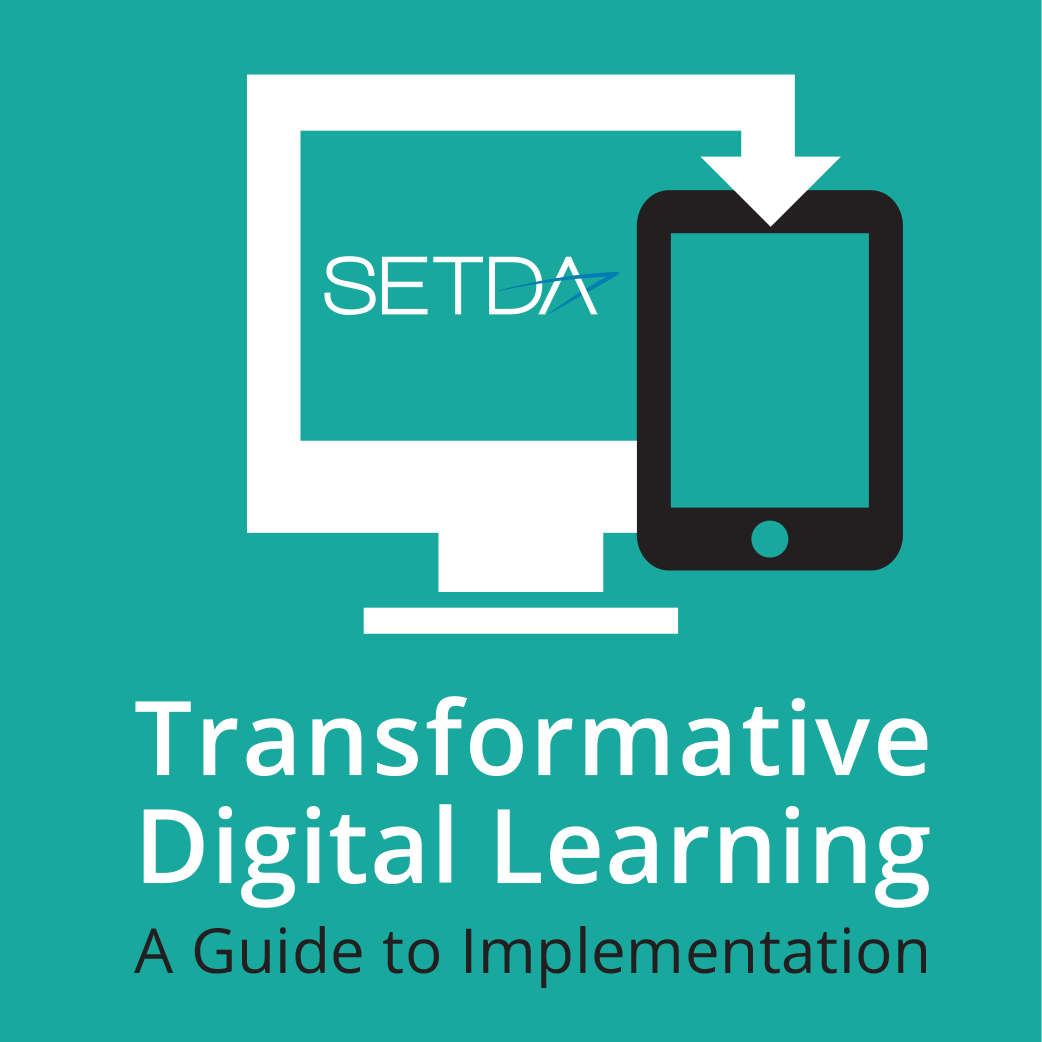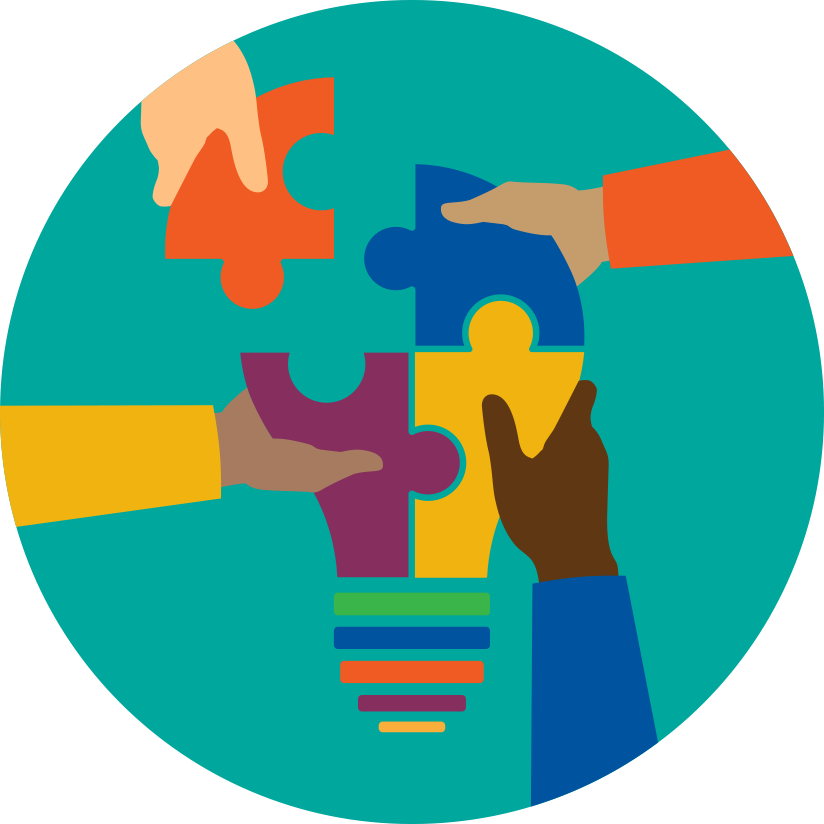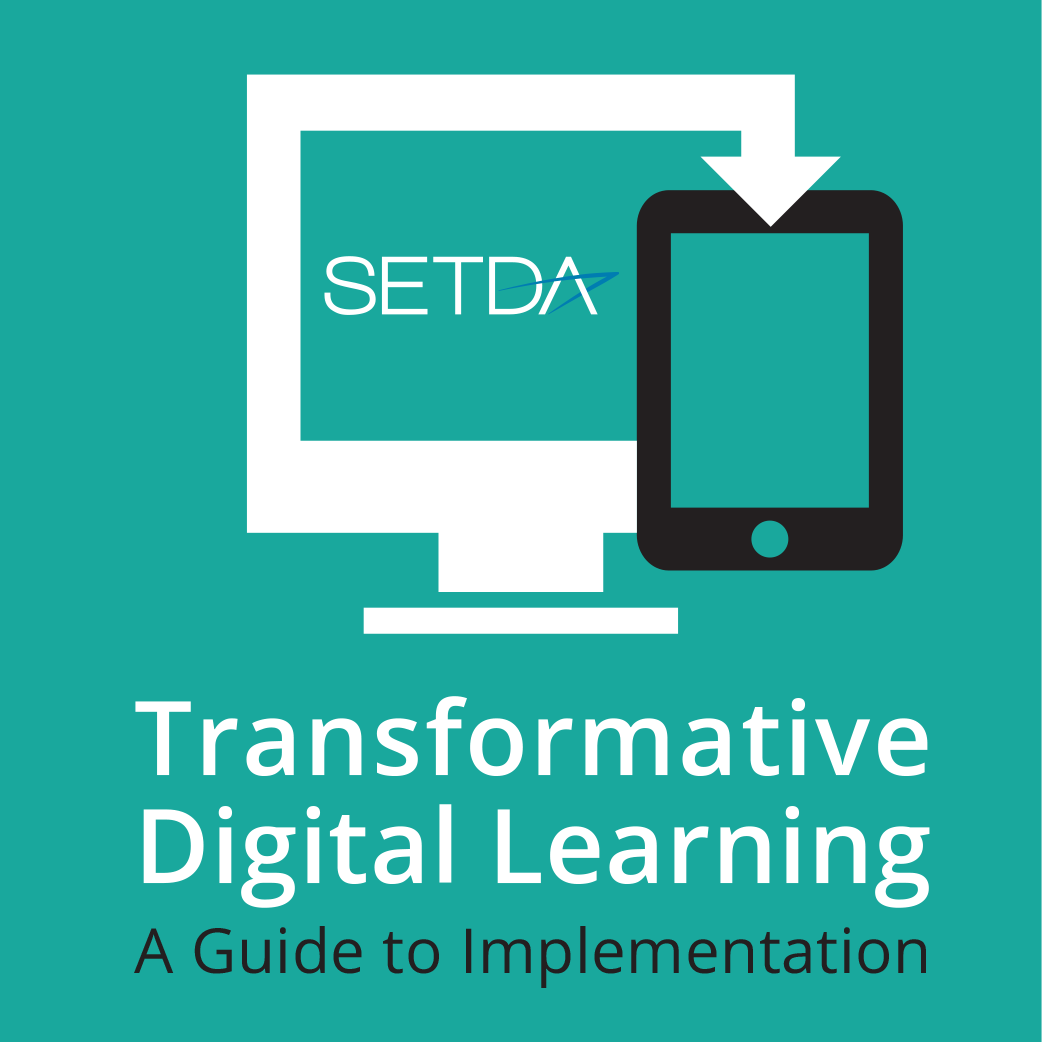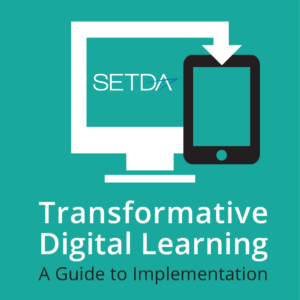

Roadmap for 21st Century Learning Environments

National School Boards Association: Board and Superintendent Relationships

#NETP16: Setting a vision of equity, active use, and collaborative leadership
Communications Strategies to Create Personalized Learning Buy-In

Reimagining the Role of Technology in Education: 2017 National Education Technology Plan Update
Collaborative Leadership
 Digital learning is no longer a specialty area. Increasingly, leaders across state and district agencies in a variety of roles have shifted towards the use of technology as a primary tool for teaching and learning. Organizing stakeholders for planning means determining early in the process who will have the authority and accountability to carry out the plan, who may have an interest in the outcome of the plan, and who can have influence in ensuring the plan is a success and then inviting representatives from those groups. It is critical that leaders across all areas are regularly engaged in collaborative planning discussions so that all leaders understand the district and school goals and the capacity to achieve those goals. This is especially true for academic, instructional, assessment and technology leaders. Looking across the state or district agencies, there are many leaders who are or should be involved in discussions and planning around digital learning:
Digital learning is no longer a specialty area. Increasingly, leaders across state and district agencies in a variety of roles have shifted towards the use of technology as a primary tool for teaching and learning. Organizing stakeholders for planning means determining early in the process who will have the authority and accountability to carry out the plan, who may have an interest in the outcome of the plan, and who can have influence in ensuring the plan is a success and then inviting representatives from those groups. It is critical that leaders across all areas are regularly engaged in collaborative planning discussions so that all leaders understand the district and school goals and the capacity to achieve those goals. This is especially true for academic, instructional, assessment and technology leaders. Looking across the state or district agencies, there are many leaders who are or should be involved in discussions and planning around digital learning:
- Chief Education Officer / Superintendent
- Chief Academic Officer or other Instructional Leaders
- Instructional Materials Leader
- Library Media Specialists
- Assessment Leader
- Digital Learning Leader
- Chief Technology Officer or other Technology Leader (Infrastructure, E-rate)
- Chief Financial Officer or other Business Leader
- Special Education Leader
- Title I/II/III Leaders
- Career Technical Education Leaders
- Professional Learning Leader
Key Components of Collaborative Leadership (Adapted from the NETP 2017)
- Develop a shared vision for how technology can support learning
- Seek input from a diverse team of stakeholders to adopt and communicate clear goals for teaching, leading, and learning that are facilitated by technology
- Communicate with all stakeholders by using appropriate media and technology tools and establish effective feedback loops
- Ensure that practitioners at the school and district level use and understand research
Tech Support
An important stakeholder group to include early in the planning process is the technology support team. Tech support teams interact across multiple departments and can provide valuable insight into the planning, implementation, and refinement process.
Facilitator Guide
The Facilitator Guide – Collaborative Leadership provides education leaders with the information and resources they need to conduct a professional learning session. Participants will:
- Review the key components for collaborative leadership to support digital learning
- Learn about strategic planning tools for digital learning implementation
- Think about who the appropriate education leaders are in your state/district to coordinate the strategic planning process
- Discuss with colleagues what teaching and learning would look like if leaders from across disciplines collaborated on aligned digital learning solutions
- Discuss some of the key policies and practices that impact and support learning in the digital age
- Develop and maintain relationships with other district and state leaders

Facilitator Guide – Collaborative Leadership Presentation Slides

Facilitator Guide – Collaborative Leadership

About This Project
-

Transformative Digital Learning: A Guide to Implementation
About this Project In collaboration with multiple education organizations and with state leaders, SETDA developed professional learning resources for states to build state-level capacity as they transition to digital learning. The project includes a set of professional learning resources, known as facilitator guides, for states and districts to use to host statewide and/or regional convenings […]

